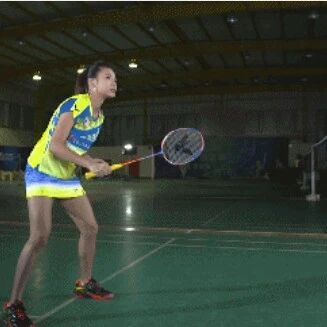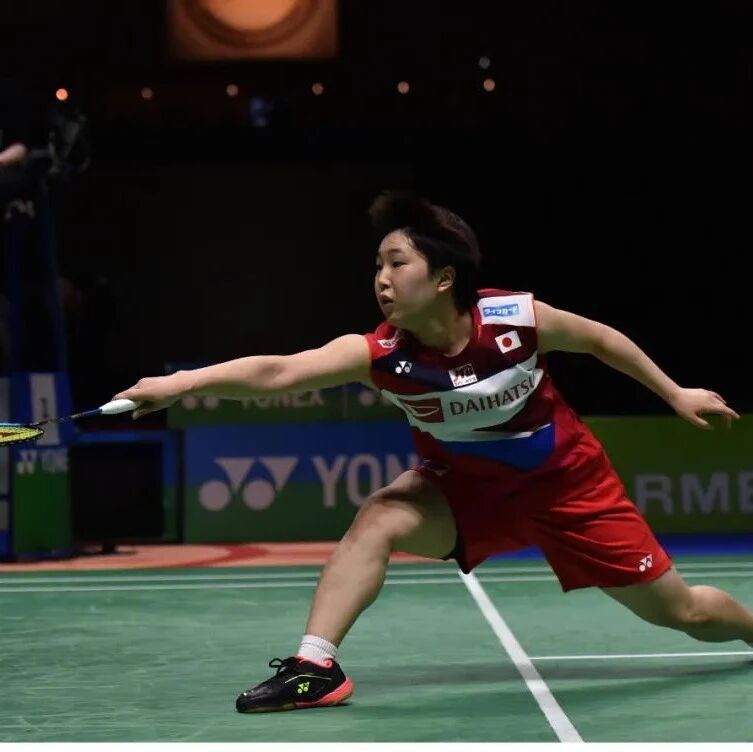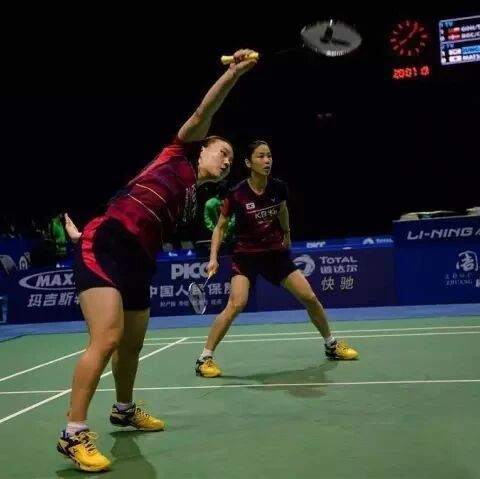Stretching and cooling down after badminton is actually more important than warming up.
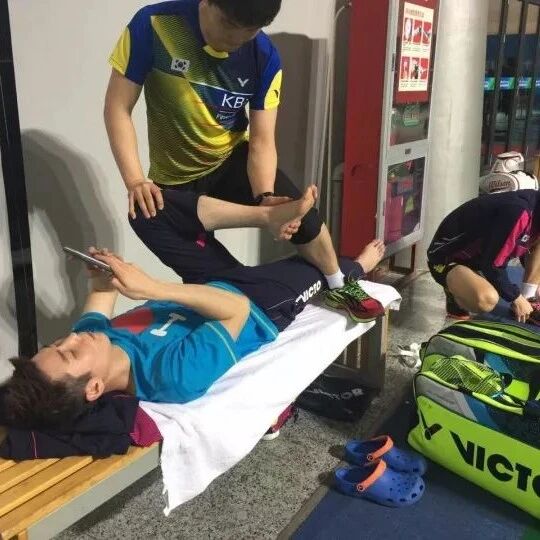

Friends who regularly play badminton usually pay close attention to warming up before hitting the shuttlecock, carefully avoiding injuries caused by insufficient preparation—something that truly deserves praise. However, many players tend to overlook an equally important step after finishing their game: stretching and cooling down. In fact, this post-game routine is even more crucial than the warm-up itself. So, here’s a friendly reminder from us: Don’t ever skip the essential task of properly stretching and relaxing after your session—it’s key to keeping those muscles happy and injury-free!
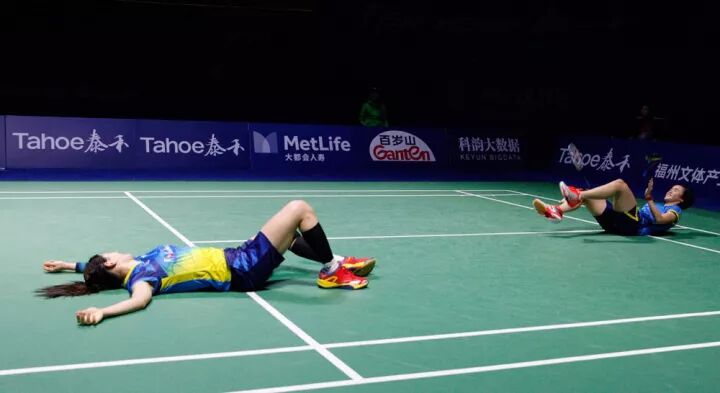
After intense exercise, if you stop immediately to rest, the rhythmic contractions of your muscles will also cease. As a result, the large volume of blood that had been flowing into the muscles can no longer be pumped back to the heart via muscle contractions, leading to a drop in blood pressure. This causes temporary insufficient blood flow to the brain, triggering symptoms such as palpitations, shortness of breath, dizziness, blurred vision, pale complexion, and even shock or fainting.
When exercising, a person's muscles naturally tense up. If these muscles aren't relaxed promptly after exercise, over time they can become stiff and lose their elasticity.

After playing basketballStretching and RelaxationIt allows for a smooth transition from movement to stillness, providing a calming and organizing process—such as gently shaking your shoulders and arms, or lightly patting, massaging, and even softly trembling the inner, front, and back of your thighs, as well as the back of your calves—all of which can lead to highly satisfying results.


Muscle stretching and relaxation exercise movements
1Relaxation of the thigh muscles: Sit on the floor, stretch your legs forward as far as possible, hold still for about 20 seconds, then gently massage or shake your thighs to release tension. (Editor’s note: Say goodbye to chunky thighs—embrace those sleek, long legs! Relaxing your thigh muscles is especially important for girls!)

2Relaxation of muscles in the lower back and back area: Assume a prone or supine position, arching your lower back backward or forward to the maximum extent. Hold for a few seconds, then gently relax and tap the lower back area. (Editor's note: Teammate assistance is a game-changer!)
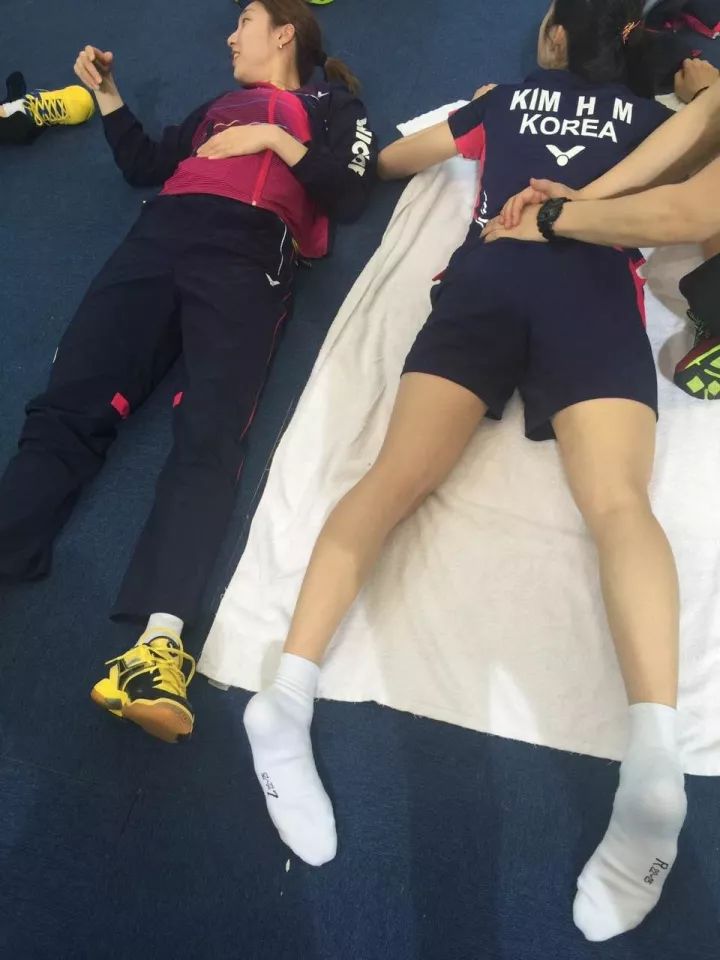
3. Relaxing the Achilles Tendon: Use a stretching-and-compressing technique on the Achilles tendon—gently stretch it to its maximum length, hold for about 20 seconds, then shift your weight onto your foot and use both hands to knead, massage, and gently shake the area to release tension.
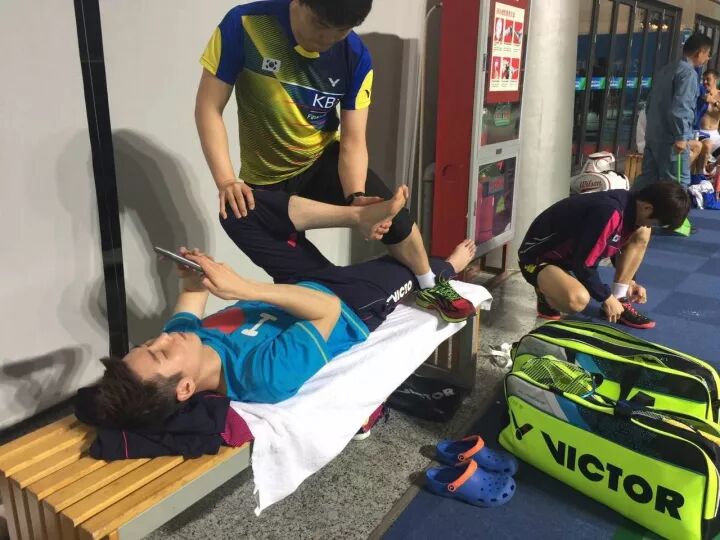
4. Relaxing the upper arm muscles: While gently pulling the upper arm muscles in opposite directions with both hands until you reach the maximum stretch, hold this position for about 20 seconds, then lightly shake and release the same-side arm to promote relaxation.
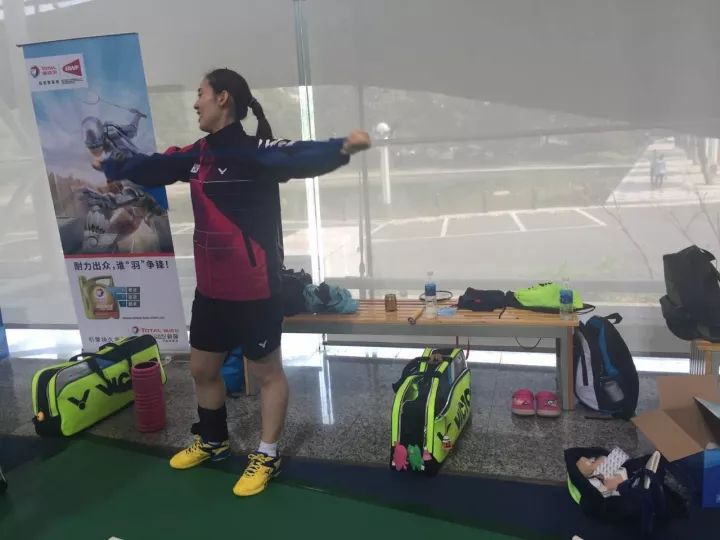
5. Relaxing the forearm muscles: Extend your wrist backward to its maximum range, hold for a few seconds, then gently shake and release the muscles of the same-side forearm and wrist.
6. Full-body relaxation exercise: Starting from the top and moving downward, gently shake, tap, and knead each muscle group to release tension. (Editor’s note: Just join the grandparents exercising in the park every morning—it’s the perfect way to do it!)
7. If possible, take a warm bath.
More article recommendations:
Want to improve your ability to anticipate? Remember these 4 key points.
